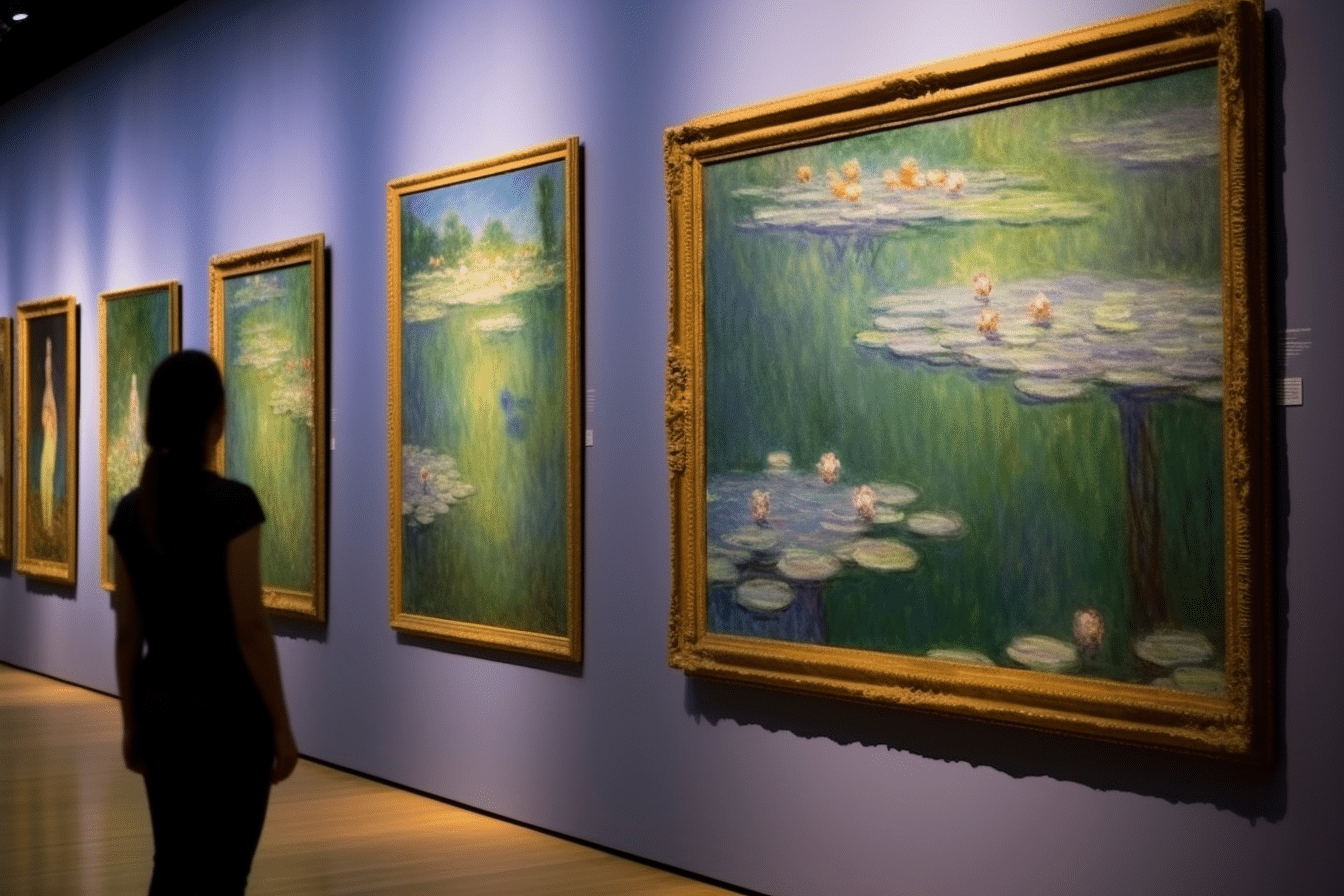Two climate activists were taken into custody in Stockholm after defacing Claude Monet’s masterpiece with paint. The Swedish National Museum confirmed that the women had applied paint to the artwork before attaching it to its frame.
“The Artist’s Garden at Giverny,” an iconic painting by Monet, was on display within a collection at the museum. Hanna Tottmar, the museum’s spokesperson, confirmed that the artwork, protected by a glass enclosure, is currently under review by the museum’s curators to assess potential damage.
Before their detention, the protestors applied a layer of red paint to the painting, as seen in a video of the event.
Helen Wahlgren, a spokesperson for the activist group Restore Wetlands, justified the act at the museum as an effort to urge the Swedish government to take significant steps toward reducing greenhouse gas emissions.
Monet’s “The Artist’s Garden at Giverny,” a piece he created in 1900, joins the list of art museum exhibits targeted by climate activists to amplify their message about global warming.
In a similar incident in October, the British activist group Stop Oil spilled tomato soup on Vincent van Gogh’s renowned ‘Sunflowers’ painting at the National Gallery in London. The same group has previously targeted other classic artworks, including an early copy of Leonardo da Vinci’s “The Last Supper” at the Royal Academy of Arts in London and John Constable’s “The Hay Wain” at the National Gallery.
The surge in these protest acts directed towards valuable works of art underscores the urgent need for dialogue and action on climate change. As climate activists resort to more drastic measures to attract attention to their cause, it’s clear that the escalating climate crisis is stirring a profound level of concern across different societal sectors. The world is watching how governments and other responsible entities respond to this call for a more sustainable future.




